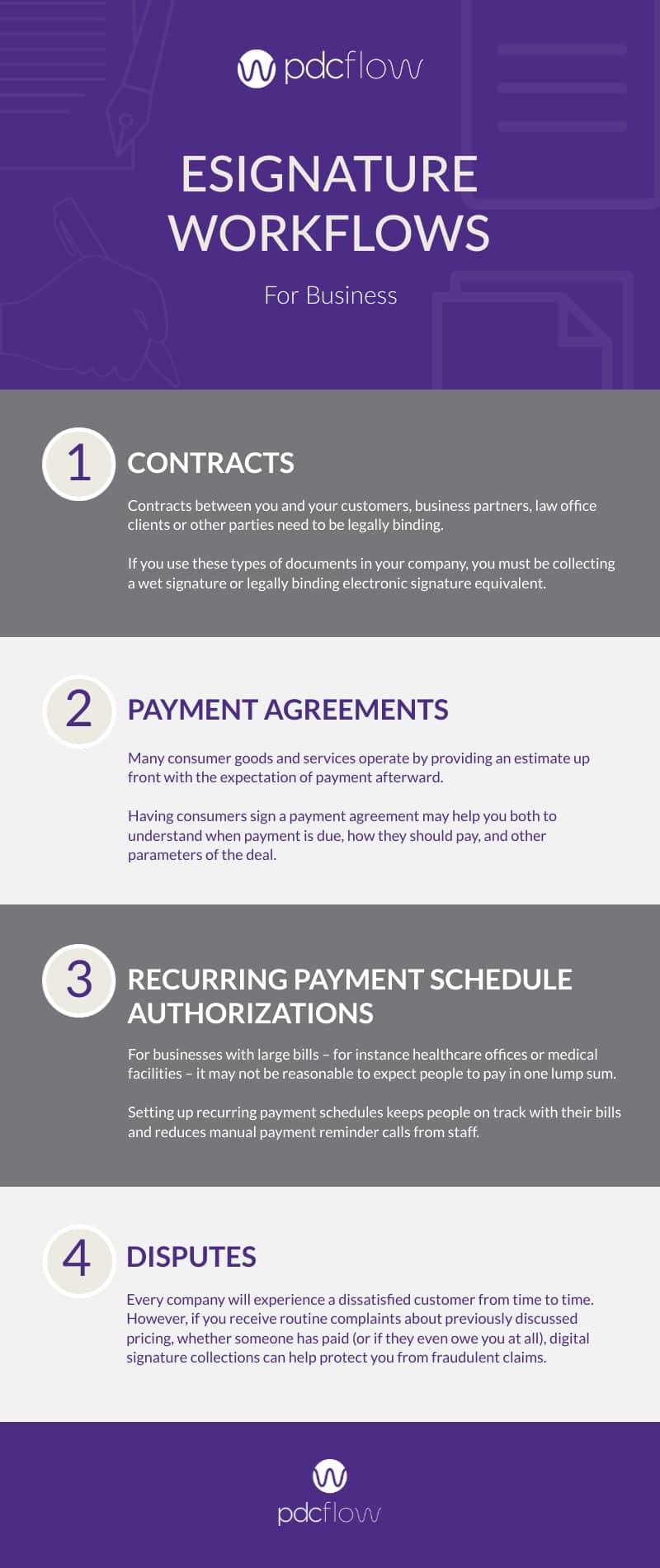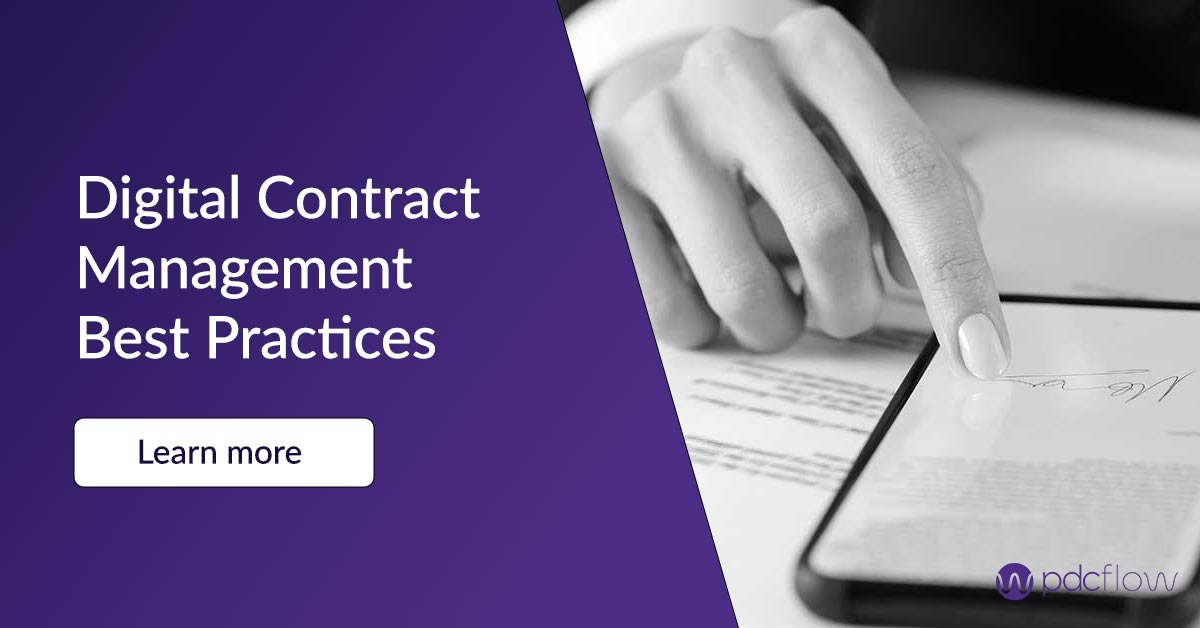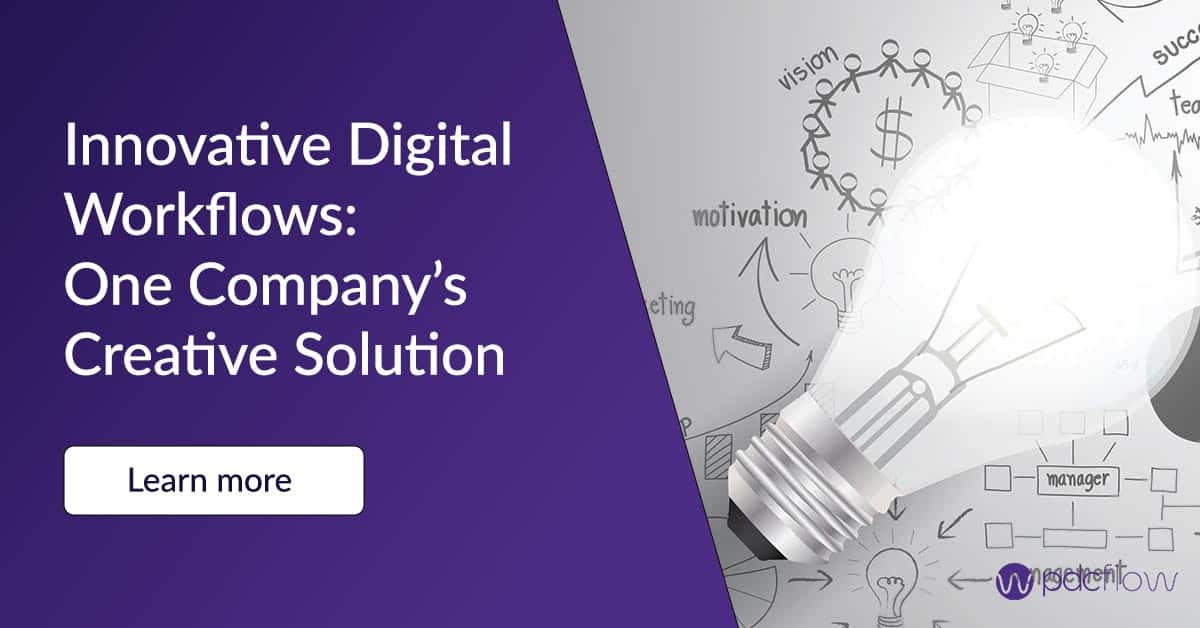Ink signatures have long been the standard to signify a legally binding contract. A wet signature, by definition, refers to the act of signing by hand with wet ink on paper.
As demands increase for faster business processes and digital communication, companies are looking for ways to simplify the signing process. For those who are still collecting signatures by hand, can your business or call center operations transition to online wet signatures with minimal disruption?
Can your digital signature tools capture the wet signatures you need for compliance? Luckily, business software has improved immeasurably in the past few decades, making product onboarding, integration and call center training for new tools easier than ever before.
Do I Need to Collect a Wet Signature?
As with most advice, the answer will depend on many factors.
One thing to keep in mind is that wet ink signatures and esignatures are typically used to protect both parties during an agreement so the process goes as promised on both ends.
If you are looking to capture a digital or wet signature that could protect your business in the future, you should use a legal signature collection workflow.
Speak with your company’s attorney to confirm when you must collect wet ink signatures.

Electronic Document and Signature Workflows
CONTRACTS
PAYMENT AGREEMENTS
Many businesses that offer consumer goods and services operate by providing an estimate upfront with the expectation of payment afterward.
Having consumers sign a payment agreement may help you both to understand when payment is due, how they should pay, and other parameters of the deal.
RECURRING PAYMENT SCHEDULE AUTHORIZATIONS
For businesses with large bills – for instance healthcare offices or medical facilities – it may not be reasonable to expect people to pay in one lump sum.
Setting up recurring payment schedules keeps people on track with their bills and reduces manual payment reminder calls from staff.
The consumer should authorize recurring payments before the first payment is collected. Your signature process should be able to collect these authorizations quickly and easily, without creating major roadblocks for your customers.
DISPUTES
Are Digital Signatures Worth the Upgrade?
Digital signature tools have built-in features to speed up your workflows, make signing documents easier and protect everyone involved in a deal. If your company is still collecting signatures through paper documents, you are:
- Slowing down company growth - Every company wants faster sales cycles and a bigger bottom line. If you ask potential customers to sign contracts or invoices by hand, you’re working against your own goals.
- Creating roadblocks for customers - As mentioned, signing papers by hand is a hassle for many people. If your company doesn’t do most of your business face-to-face, asking someone to print, sign and scan paperwork may not be reasonable.
- Spending more money than necessary - Overnighting contracts to be signed immediately can be costly. Even through regular mail, printing and postage costs can add up. Overnighting documents or tracking postage through certified mail adds even more to your expenses.
- Complicating signature collection workflows - If you want to create no-hassle workflows for staff to initiate and customers to follow, paper documents are no longer a viable option. Slowing down processes to make sure a piece of paper is signed and returned is bad for the customer experience.
- Making document filing and recall more difficult - Filing hard copies of contracts makes it harder for everyone in your company to access what they need, when they need it.
Is an Esignature a Wet Signature?
The implementation of the Electronic Signatures in Global and National Commerce Act (ESIGN) and updates to Regulation E in the past few decades have made it clear: digital signatures, when collected properly, are usually a legal substitute for a hardcopy signature (some exceptions are will and testament documents or divorce papers).
With the recent trends in consumer preference – the desire for email and text communication and faster end-to-end workflows – the ability to take online wet signatures has become more than a convenience.
If you want to keep up with competitors, it’s time to offer an esignature option of your own.
Making the Change From Physical Signatures to Digital Signatures
It’s intimidating to abandon familiar practices for the unknown. How do you know the software you settle on will do what you need it to?
You should be especially concerned about excessive downtime during onboarding or disruptions caused by extra rounds of training on a confusing or unintuitive product.
FEATURES AND BENEFITS TO CONSIDER
There are many features and benefits of esignature software. Here are the most common features that can help you streamline signature workflows and collect down payments, deposits, or scheduled and one-time payments.
- Document Security - The way an esignature request is delivered can be a benefit or a drawback. Look for secure email delivery options and dual factor authentication to verify items are being viewed by the correct recipient.
- Payment Data Security - If you choose a tool with signature and payment capabilities combined, find one that offers data tokenization and encryption for both credit card and ACH transactions.
- User experience - If every esignature request you send is a hassle to access or navigate, users may decide to shop around to competitors. Asking for a down payment separate from sending an invoice may hold up work. Remember, a good user experience is essential for customer retention.
- Customer testimonials - When in doubt, turn to customer testimonials from those already using a product. Review websites like G2 Crowd post verified user reviews so you can see what others like about tools before buying.
- Setup and training - Does the software offer training for you and your staff if necessary? How difficult is it to learn to use?
- Reporting and access controls - Reduce human error by limiting what your staff can see and access, based on group, department or location. Look for administrative capabilities like an Organizational Hierarchy, that let you better control your company’s information.
- Integration - This is necessary for your digital or wet signature solution to communicate with an existing system of record. Software tools should offer open APIs so you can easily maintain workflows within a single system.
Could your business benefit from a one-step process for esignatures, payments and more?
With PDCflow, your entire team can send, receive, and track their documents for signature completion. If you collect a deposit or payment in full upon contract signing, you can easily integrate a payment request with your signature request.
Set up a call with a PDCflow esignature and payment expert to see if our solution is a good fit for your business.






